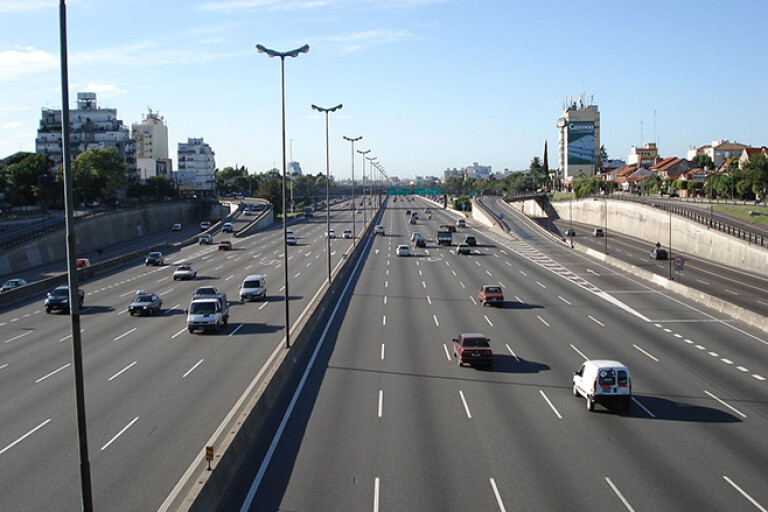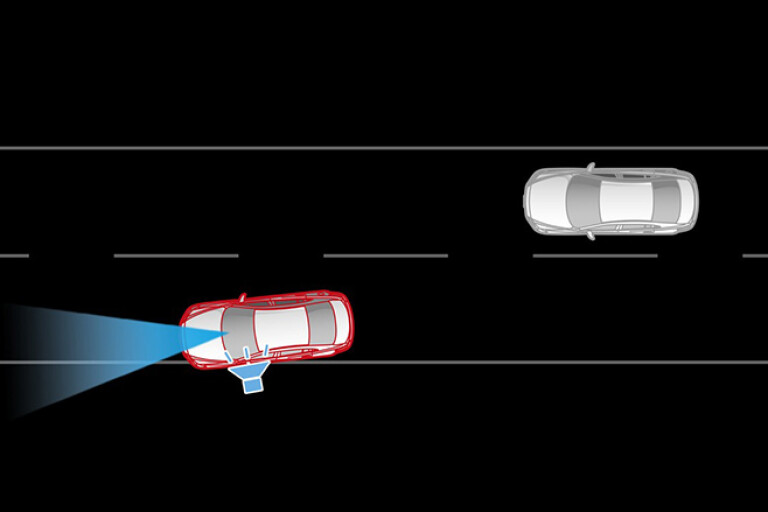
The Australian Government is seeking feedback on laws that would mandate lane keeping systems on new cars from 2024 and help curb road fatalities and trauma.
Under the new laws, proposed within Australian Design Rule 107/00, any new model introduced to Australia from March 1, 2024, will need an appropriate lane keeping system.

From then, brands have exactly two years to ensure all new light vehicles sold must feature the active safety technology. Currently, it’s reported that 61 per cent of such vehicles are equipped with lane keeping assist – almost two in every three cars.
The Government claims the mandate could reduce the number of deaths in light vehicle crashes by 11.9 per cent over 35 years, saving around 7000 lives and avoiding over 23,600 serious injuries.
Accounting for the indirect consequences of road trauma on the health system and productivity, among other things, the Government estimates the move could also save the national economy $2.44 billion.

As part of the process, Australians are being welcomed to view draft legislation and submit their feedback by February. Within the documents, ADR 107/00 outlines the lane departure warning system on vehicles will need to operate at least between 65km/h and 130km/h – speeds that pose the highest risk of "dangerous injury".
Using radar, lane keeping systems are designed to warn drivers when their vehicle is leaving its lane and intervene if needed by autonomously steering back into safety. It stands to reduce head-on collisions, sideswipes and single-car run-off road crashes.

Much like the recently enacted AEB laws, the move to mandate emergency lane keeping systems follows European legislation due to come into effect as of July 2022.
The new regulations will also apply only to light passenger and commercial vehicles, but a spokesperson told Wheels mandating lane departure warning on heavy vehicles is being investigated, with more news promised next year.
Though there are numerous benefits of introducing such technology, the proposals also have the potential to raise the price on vehicles if car brands pass on the cost of fitment – which could, in turn, force low-budget buyers into older second-hand vehicles with lesser safety standards.

COMMENTS